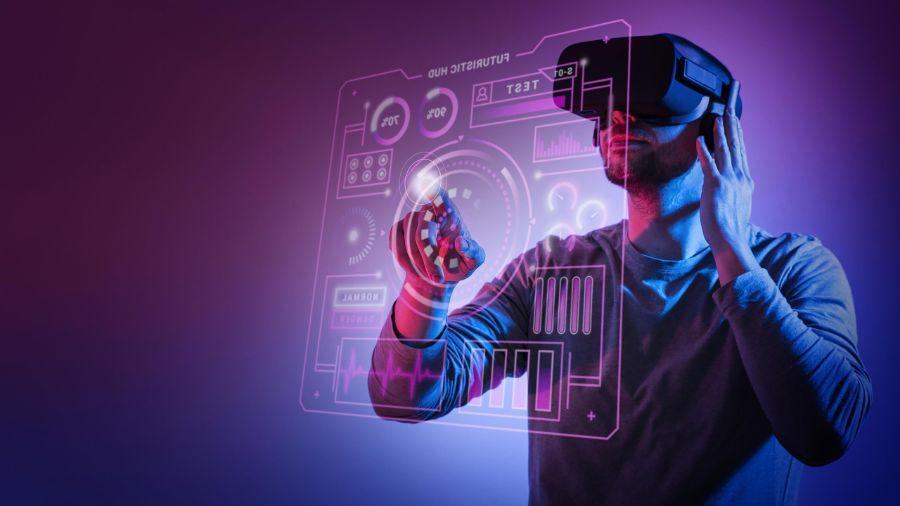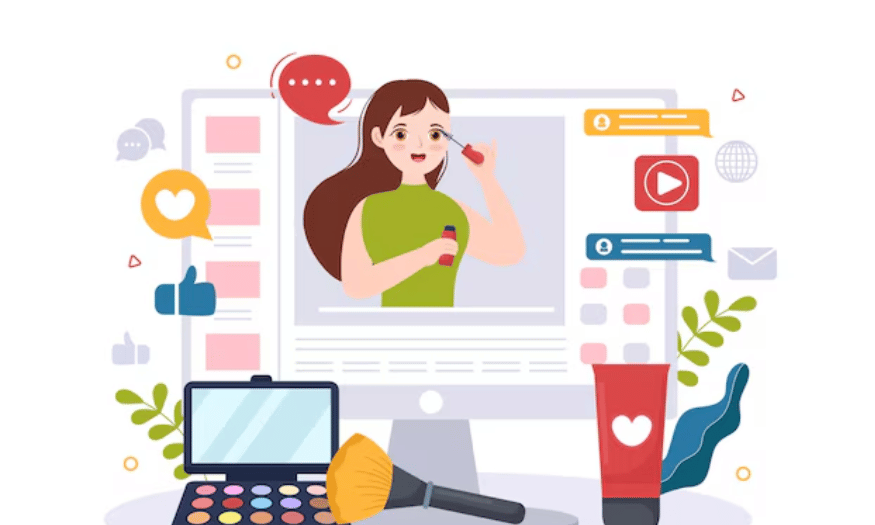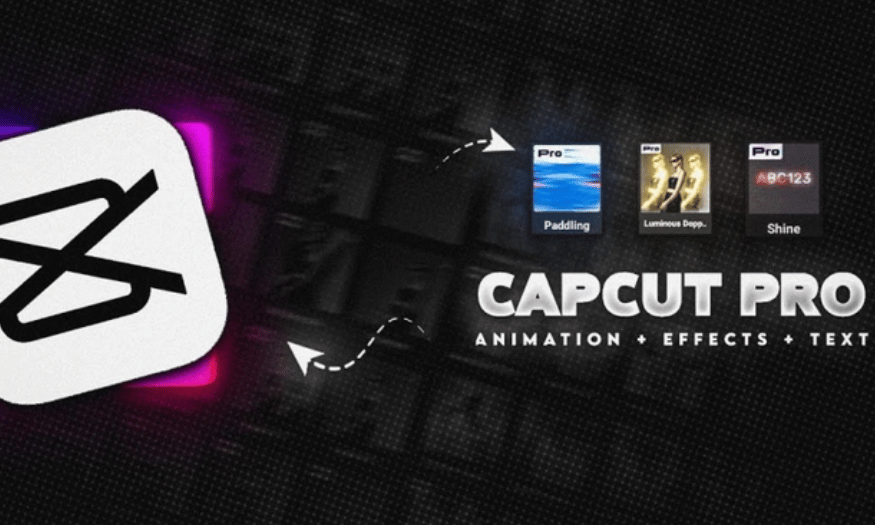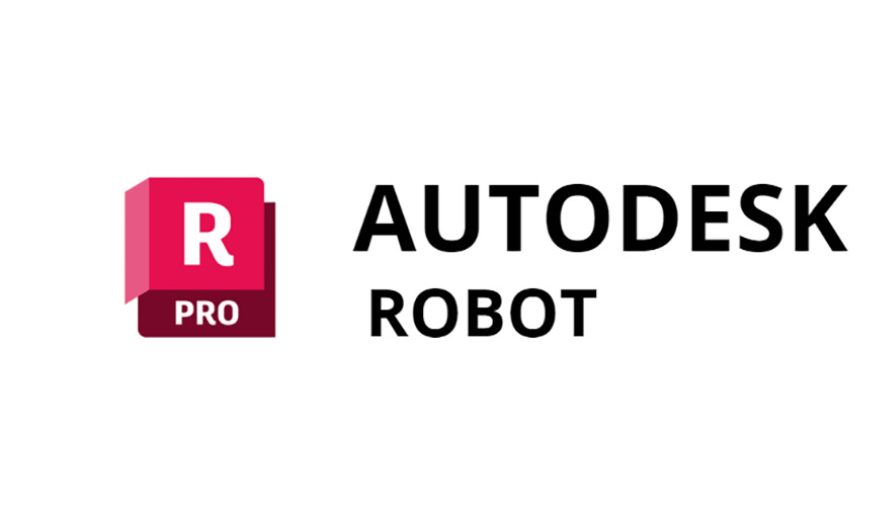Best Selling Products
Digital and Traditional Art: The Notable Differences
Nội dung
- I. Overview of traditional and digital art
- 1. Traditional Art – The Value of Time and Craft
- 2. Digital Art – Product of the Technology Age
- II. The prominent differences between traditional and digital art
- 1. About materials and tools
- 2. On uniqueness and copyability
- 3. About the creative process
- 4. About completion time
- 5. About artistic and aesthetic value
- III. The role of the artist in two art forms
- 1. Traditional Artists – Preservers of Identity Values
- 2. Digital Artist – Innovation Leader
- IV. Social impact and future direction of art
- 1. Changes in the way the public approaches art
- 2. Impact on the creative industry
- 3. The Future: Harmony Instead of Contradiction
- 1. Advantages of traditional art
- 2. Disadvantages of traditional art
- 3. Advantages of digital art
- 4. Disadvantages of digital art
- VI. Factors affecting the choice of creative form
- 1. The artist's personal goals
- 2. Career and market orientation
- 3. Financial and technological resources
- 4. Technology trends and innovation
- VII. The trend of combining traditional and digital
- 1. Hybrid Art – The creative intersection between two worlds
- 2. The support of technology in preserving traditional art
- VIII. Outstanding faces in both fields
- 1. Modern traditional artist
- 2. Digital artists shape global trends
- IX Conclusion
Explore the differences between digital art and traditional art, from materials, techniques, creative processes to aesthetic values and social impact in the digital age
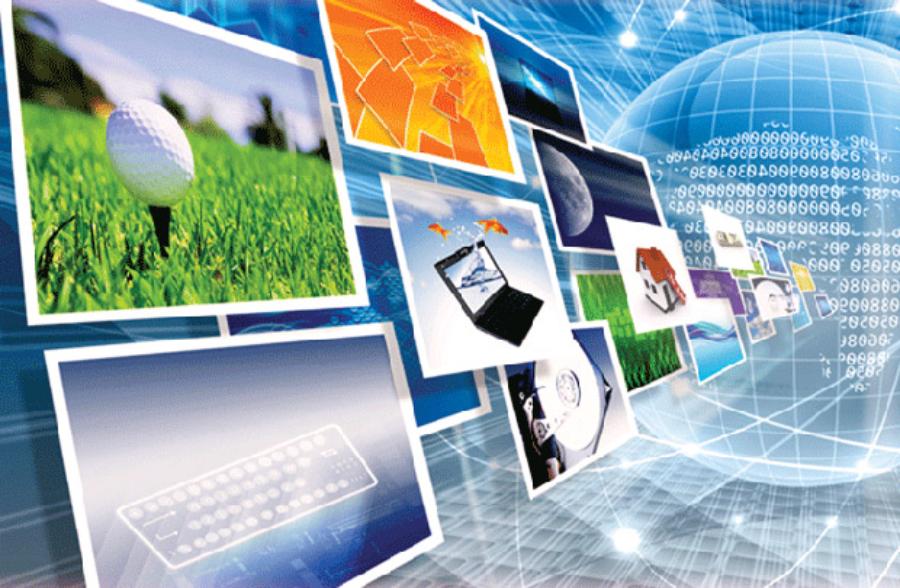
Art is one of the fields that has the ability to adapt and change strongly with the times. From hand-painted brushstrokes on canvas to pixels on digital screens, two directions of art development - traditional and digital - have coexisted, developed in parallel but have their own identities and characteristics. In a period of strong technological change, understanding the difference between these two art forms not only helps artists orient their creativity but also helps the public approach and feel more deeply the value of each work.
I. Overview of traditional and digital art
Traditional art and digital art are two fields that express human creativity and talent through different mediums.
.jpg)
1. Traditional Art – The Value of Time and Craft
Traditional art is the foundation for the formation and development of the entire human fine arts industry. Types such as painting, sculpture, wood carving, silk painting, lacquer painting, etc. are all typical manifestations of this form. The creative process depends entirely on the artist's skills, requiring patience and high discipline.
Space and physical materials play a central role in traditional art. Each work is often unique, reflecting the time, emotion and actual effort that the artist has put into it. Therefore, the material and spiritual value of a traditional work is often very large.
2. Digital Art – Product of the Technology Age
Digital art was born as an inevitable part of the process of integration and development of technology. With the support of software, tablets, touch screens and professional editing tools, artists can easily create works without the need for traditional drawing paper or paint.
The creative space is more flexible than ever. A digital artist can work anywhere, edit without limits, store thousands of sketches without wasting physical resources. This opens up new opportunities for mass production, rapid publishing, and optimized creative performance.
II. The prominent differences between traditional and digital art
1. About materials and tools
Traditional art uses tangible materials such as oil paint, watercolor, paper, canvas, clay, stone... Meanwhile, digital art uses drawing software (Photoshop, Procreate, Krita, Clip Studio Paint...), stylus, electronic drawing board and computer as tools.
Mastery of materials is a serious requirement in traditional art, as each material has its own physical properties. With digital art, the ability to change materials is just a few clicks away.
2. On uniqueness and copyability
Traditional artworks are almost impossible to copy 100% accurately because each brush stroke and each detail has a certain difference. This is the reason why original paintings are always sought after and highly valued in the market.
With digital works, copying, storing, and sharing are easier than ever. One original file can be reproduced thousands of times in the same quality. While this provides an advantage in printing and promotion, it also makes the uniqueness less obvious.
3. About the creative process
The creation process of traditional art is sequential, and it is almost impossible to turn back time if mistakes occur. From sketching, color matching to finishing, all require linear and precise thinking.
Digital art, on the other hand, allows creators to experiment without limits. Editing history, layers, undo, and other tools make the creative process more flexible, making it suitable for both beginners and professional artists.
4. About completion time
A traditional work often takes a long time to complete because of the preparation, painting, drying, and preservation stages. In contrast, digital art saves a lot of time thanks to its quick operation, easy editing, and high mobility in the workspace.
5. About artistic and aesthetic value
Each art form has its own unique beauty. Traditional art is highly appreciated for its intuitive emotions, cultural depth and ability to convey the spirit of the times. Digital art brings a modern, vibrant feeling, while being accessible to young audiences and digital platforms.
III. The role of the artist in two art forms
.jpg)
1. Traditional Artists – Preservers of Identity Values
Traditional artists are the custodians of ancient skills, techniques, and cultural spirit. Their every stroke is not only technical, but also intellectual, spiritual, and personal. Those who pursue traditional art are often committed to it for a long time and have an ideal of originality in their creations.
2. Digital Artist – Innovation Leader
Digital artists are representatives of the new creative generation. They work in many fields: games, movies, media, marketing... The ability to adapt quickly, use software proficiently and exploit technology is a great strength, helping them always keep up with market trends.
Many modern artists choose to combine traditional and digital techniques to create hybrid works, both preserving the original spirit and modernizing the form of transmission.
IV. Social impact and future direction of art
1. Changes in the way the public approaches art
The rapid growth of social media and online platforms has made digital art spread widely and quickly. Viewers can access hundreds of thousands of works on platforms such as Instagram, Behance, ArtStation, Pinterest in just a few minutes. This creates a rich and diverse aesthetic.
However, traditional art still maintains a certain position thanks to actual exhibitions, museums, art fairs - where physical values and real feelings are honored.
2. Impact on the creative industry
In fields like gaming, film, media, and advertising, digital art is taking over. Projects that require fast turnaround times, remote collaboration, and on-demand editing all require the ability to work digitally.
However, traditional art is still a great source of inspiration in design, fashion, architecture and even in building brand identity.
3. The Future: Harmony Instead of Contradiction
The difference between traditional and digital art should not be seen as a confrontation, but as two complementary directions of development. Modern artists are gradually shifting from a separate way of thinking to an integrated model – using traditional skills as a foundation, combining technology to expand the creative space.
Art schools and art academies are also adjusting their curricula to balance technical and technical skills, helping the young generation of artists to be highly adaptable in the modern art environment.
V. Compare the advantages and disadvantages between digital and traditional art
Digital art and traditional art both have their own advantages and disadvantages, depending on the creator's purpose and preferences.
1. Advantages of traditional art
High originality and uniqueness : Each work is a non-repeatable product, with distinct collectible and artistic value.
Strong emotionality : Emotions expressed through materials, textures and lines are highly expressive, reaching the viewer with a visual experience.
Associated with cultural and historical values : Genres such as folk paintings, lacquer paintings, ancient sculptures, etc. are all part of cultural heritage, contributing to preserving national identity.
2. Disadvantages of traditional art
Time consuming and laborious : The creation process is lengthy, requiring suitable working space and storage conditions.
Difficult to mass reproduce : Reproduction is time consuming, and works often exist only in physical format, making them difficult to share widely.
High production costs : From materials to tools, all require large financial investments, especially with high-quality materials such as oil paint, washi paper, linen...
3. Advantages of digital art
Optimize creative workflow : Unlimited undo and edit, saving significant time in both creation and mass production.
High applicability : Suitable for commercial fields such as book illustration, game design, animation, digital media...
Easy to share and spread : Thanks to the digital format, works can spread quickly through social networks, online platforms, virtual exhibitions, etc.
Environmental protection : Do not use many physical materials, limit waste during the working process.
4. Disadvantages of digital art
Lack of physical contact : Viewers cannot feel the depth of material as when enjoying traditional works.
High risk of copying and plagiarism : Digital files are easily shared illegally, affecting copyright and economic value.
Device Dependence : If the software is buggy, the device is broken or the artist lacks experience using the tool, the artist will have great difficulty in the creative process.
In summary, digital art stands out for its flexibility, easy editing, cost savings on materials and time, and is suitable for modern technology applications such as graphic design, digital illustration or animation. However, it requires specialized equipment and software skills, which can be difficult for beginners. Meanwhile, traditional art brings a sense of authenticity, handmade value and uniqueness in each work. However, it is often more expensive in terms of materials, not easy to correct errors and requires a lot of time to complete. Both forms have their own value and can complement each other in the development of artistic creativity.
VI. Factors affecting the choice of creative form
Factors influencing creative form choice include many different aspects, ranging from the creator's personal characteristics to the social and technological context.
.jpg)
1. The artist's personal goals
People who love manual labor and want to preserve traditional values will easily choose physical art. Meanwhile, artists who want to experiment with new technology, produce diverse products and work flexibly often gravitate towards digital art.
2. Career and market orientation
For fields that require fast, easy-to-update products such as advertising, marketing, digital media, animation, etc., digital art is the top priority. On the contrary, traditional fine art fields such as gallery displays, personal creations, and high-end art exhibitions favor original, unique works.
3. Financial and technological resources
Artists who can afford to invest in equipment, copyrighted software, and a digital environment will have an easier time pursuing digital art. On the contrary, those who live in areas with limited resources or love traditional craft styles will choose physical forms to develop their abilities.
4. Technology trends and innovation
The advent of AI technology, virtual reality (VR), augmented reality (AR), NFT… is opening many new doors for digital artists. However, that does not mean that traditional art will be forgotten. In fact, collectors are always willing to invest in original paintings, hand-engraved prints, and old oil paintings as part of eternal value.
VII. The trend of combining traditional and digital
The trend of combining traditional and digital is becoming increasingly popular in many fields, from business, education to art and culture.
1. Hybrid Art – The creative intersection between two worlds
In recent years, the hybrid art model has become increasingly popular. Artists start with hand-drawn drawings, then scan and further edit them with digital tools, creating a unique combination of handmade and modern.
For example, a children's book illustrator might start with a watercolor, then refine it in software to ensure print quality. Or a lacquer artist might use digital techniques to simulate a demo before committing to the real thing.
2. The support of technology in preserving traditional art
Digital technology not only creates new works but also supports the preservation of traditional artistic heritage . Museums use 3D scanning, AR to restore ancient paintings and sculptures; researchers use AI to recreate lost works, bringing profound educational and cultural values.
This intersection not only takes advantage of the core values of tradition but also exploits the full potential of modern technology to create innovative and effective solutions. In particular, in the context of strong digital transformation, integrating digital elements into traditional values not only helps preserve and promote cultural identity but also opens up new opportunities to access the global market.
VIII. Outstanding faces in both fields
.jpg)
1. Modern traditional artist
Many Vietnamese and international artists remain loyal to silk paintings, oil paintings or sculptures, proving that traditional art is not outdated. Their works are displayed in international galleries, auction houses and even public spaces such as museums and art streets.
2. Digital artists shape global trends
A new generation of artists with a digital style is dominating the international market: from comic book artists, game concept artists, to NFT artists. They use traditional hand-drawing skills as a foundation, combined with modern techniques to develop a strong personal style.
IX Conclusion
Art, whether traditional or digital, is a vivid expression of human thought, emotion and culture. Understanding the differences between the two forms not only helps artists choose the right direction but also helps audiences improve their ability to perceive art comprehensively. In a world that is changing rapidly, the intersection between tradition and modernity will open up new horizons, where art is constantly creating, renewing and reaching out.









































